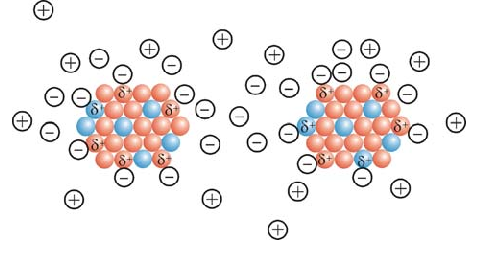Nano cloud capacitors and nano electronics
Researcher and author: Dr. ( Afshin Rashid)
Note: Nano-filament capacitor can pass both current and energy storage. To make this string, copper wire and plastic nanoscale layers have been used. Until now, cables and wires were used to store electricity. But a light copper nanowire can store energy in addition to transmitting electricity.
A nanostructure is used for guidance and storage. Such a wire can be used inside single-layer CNT nanotubes to store current. Copper nanowires are a nanoscale sheath. And this pod is combined with a special alloy and finally forms an electrode.
Supercapacitors also need another electrode for storage. They do this by placing a thin layer of plastic on the surface of the pod and covering it with another metal . A special gel is also used to connect these layers. Due to the presence of insulating nanofilms, in supercapacitors, the inner wire strand can play the role of current transmitter and the outer electrode can be stored independently . In this case, a supercapacitor is made of copper that can pass both current and storage. Thomas believes that other materials can also produce such a capacitive cloud. Energy storage and electrical conductivity of nanotube cables can be as high as that of metal wires, among compounds Different used in supercapacitors, graphene base materials, especially three- dimensional graphene, due to their unique three-dimensional structure, facilitate the penetration of electrolytes and increase energy storage. Also, high electrical conductivity and large surface area are among the other advantages of this type of three-dimensional porous structures, which have found potential for application in nano-supercapacitors.
Conclusion :
Nano filamentary capacitors can pass both current and energy storage. To make this string, copper wire and plastic nanoscale layers have been used. Until now, cables and wires were used to store electricity. But a light copper nanowire can store energy in addition to transmitting electricity.
Researcher and author: Dr. ( Afshin Rashid)
PhD in Nano-Microelectronics





